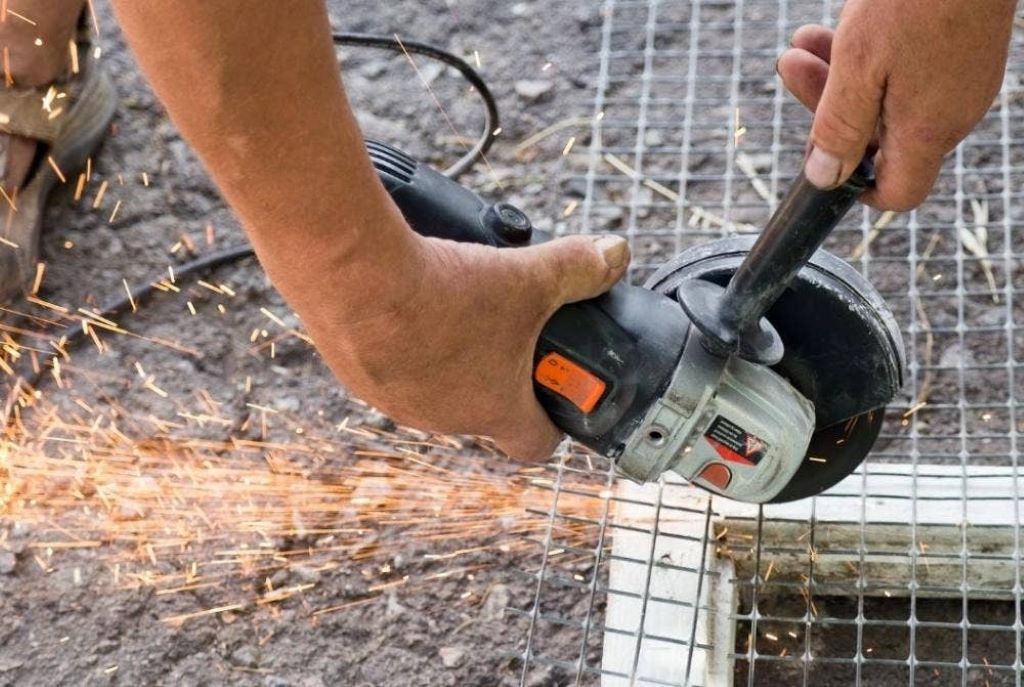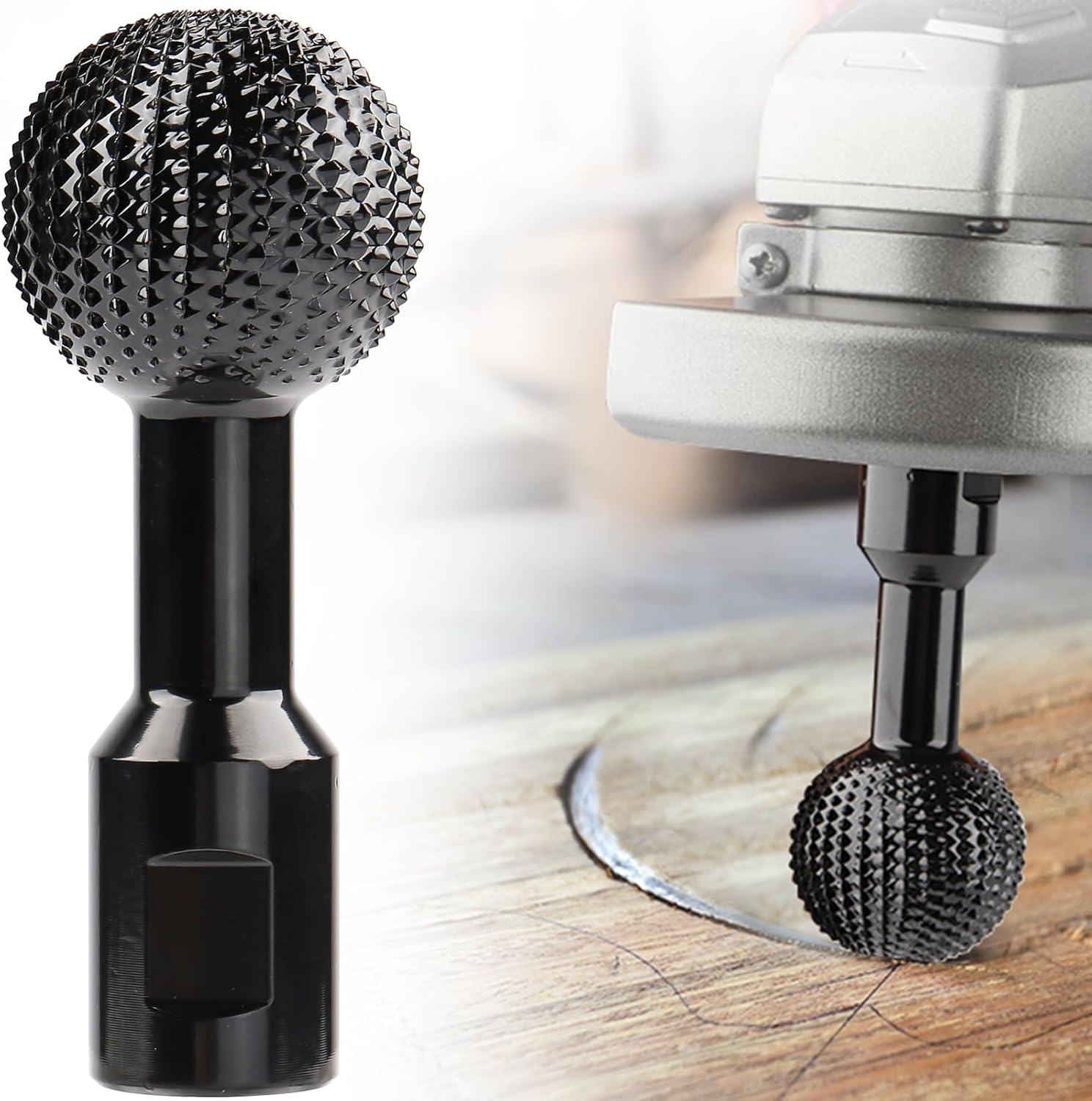Why Understanding Your Angle Grinder Matters
Angle grinders are versatile power tools that can cut, grind, polish, and sharpen with ease, making them a staple in workshops and job sites. Whether you’re a DIY enthusiast or a professional tradesperson, knowing the anatomy of an angle grinder is essential for safe and effective use. A labelled diagram of an angle grinder can demystify its components, helping you understand how each part contributes to its functionality. In this article, we’ll provide a detailed breakdown of an angle grinder’s parts, their functions, and practical tips for safe operation, all while exploring a clear, labelled diagram to guide you. Let’s dive into the world of angle grinders and unlock their full potential!
What Is an Angle Grinder?
An angle grinder, also known as a disc grinder or side grinder, is a handheld power tool designed for cutting, grinding, and polishing various materials like metal, stone, concrete, and wood. Its compact design and powerful motor make it a go-to tool for tasks ranging from sharpening blades to removing rust. Understanding its components through a labelled diagram is the first step to mastering its use.
Labelled Diagram of an Angle Grinder
To help you visualize the tool’s anatomy, here’s a detailed description of the key parts of an angle grinder, accompanied by their functions. Imagine a standard 4.5-inch angle grinder as we break down its components.
Key Parts of an Angle Grinder
-
Power Switch/Trigger
- Function: Controls the tool’s operation. Most angle grinders feature a paddle switch, slide switch, or trigger for starting and stopping the motor.
- Importance: Ensures user control and safety by allowing quick shut-off.
-
Motor Housing
- Function: Houses the electric motor, which powers the grinding disc. The motor’s power is measured in watts or amps, typically ranging from 500W to 2500W.
- Importance: The heart of the grinder, determining its cutting and grinding capability.
-
Spindle
- Function: The rotating shaft that holds the grinding or cutting disc. It connects the motor to the disc via a spindle lock.
- Importance: Transfers power to the disc for effective material removal.
-
Disc/Wheel
- Function: The interchangeable attachment used for cutting, grinding, or polishing. Common disc types include grinding wheels, cut-off discs, and flap discs.
- Importance: Determines the tool’s specific application, such as metal cutting or surface finishing.
-
Guard
- Function: A protective shield that covers part of the disc to deflect debris and sparks.
- Importance: Enhances user safety by reducing the risk of injury from flying particles.
-
Side Handle
- Function: A detachable handle for added control and stability during operation.
- Importance: Improves grip and reduces fatigue, especially during prolonged use.
-
Spindle Lock
- Function: Locks the spindle in place to allow easy disc changes.
- Importance: Simplifies maintenance and ensures secure disc attachment.
-
Ventilation Slots
- Function: Allow air circulation to cool the motor during operation.
- Importance: Prevents overheating, extending the tool’s lifespan.
-
Power Cord/ Battery (for cordless models)
- Function: Supplies power to the motor. Cordless models use rechargeable lithium-ion batteries.
- Importance: Determines the tool’s portability and runtime.
-
Gearbox
- Function: Transfers motor power to the spindle, often allowing speed adjustments.
- Importance: Ensures efficient power delivery for different tasks.
Note: For a visual representation, imagine a diagram with these components clearly labelled on a standard angle grinder. The power switch is typically near the handle, the guard surrounds the disc, and the motor housing forms the main body.
How Each Part Contributes to Angle Grinder Functionality
Understanding how these components work together is key to using an angle grinder effectively. The motor powers the spindle, which rotates the disc at high speeds (typically 5,000–12,000 RPM). The guard protects the user from debris, while the side handle and power switch provide control and precision. The spindle lock simplifies disc changes, and ventilation slots keep the tool cool during heavy-duty tasks. Whether you’re cutting tiles or grinding welds, each part plays a critical role in performance and safety.
Practical Applications of an Angle Grinder
Angle grinders are incredibly versatile, with applications across industries. Here are some common uses:
- Cutting: Slice through metal, concrete, or tile with cut-off discs.
- Grinding: Smooth rough surfaces or remove rust with grinding wheels.
- Polishing: Achieve a mirror-like finish on metal or stone with polishing pads.
- Sharpening: Restore the edge on tools like chisels or lawnmower blades.
By selecting the appropriate disc and adjusting your technique, you can tailor the grinder’s function to your project’s needs.

Safety Tips for Using an Angle Grinder
While angle grinders are powerful, they can be dangerous if mishandled. Here are essential safety tips to follow:
- Wear Protective Gear: Always use safety glasses, gloves, and a dust mask to shield yourself from sparks and debris.
- Check the Guard: Ensure the guard is properly positioned before starting.
- Inspect Discs: Use discs rated for your grinder’s RPM and check for cracks or damage.
- Secure Workpieces: Clamp materials to prevent movement during cutting or grinding.
- Avoid Loose Clothing: Prevent entanglement by wearing fitted clothing and removing jewelry.
- Use Both Hands: Grip the side handle and main body for maximum control.
- Unplug Before Changing Discs: Disconnect the power source to avoid accidental starts.
By prioritizing safety, you can harness the full power of your angle grinder without risking injury.
Choosing the Right Angle Grinder for Your Needs
When selecting an angle grinder, consider the following factors:
- Power Source: Corded models offer consistent power, while cordless models provide portability.
- Disc Size: Common sizes include 4.5-inch, 7-inch, and 9-inch discs, with larger discs suited for heavy-duty tasks.
- Motor Power: Higher watts or amps mean more cutting power but may increase weight.
- Speed Settings: Variable speed grinders offer flexibility for different materials.
- Ergonomics: Look for a comfortable grip and lightweight design to reduce fatigue.
For DIY projects, a 4.5-inch cordless grinder with a 900W motor is often sufficient. Professionals may prefer a 7-inch corded model for industrial tasks.
Maintenance Tips for Longevity
To keep your angle grinder in top condition, follow these maintenance practices:
- Clean Regularly: Remove dust and debris from ventilation slots to prevent overheating.
- Inspect the Cord: Check for fraying or damage in corded models.
- Lubricate Moving Parts: Apply lubricant to the gearbox as recommended by the manufacturer.
- Store Properly: Keep the grinder in a dry, dust-free environment.
- Replace Worn Parts: Swap out brushes or discs when they show signs of wear.
Regular maintenance ensures your grinder performs reliably and lasts for years.
Common Mistakes to Avoid
Even experienced users can make errors when using an angle grinder. Avoid these pitfalls:
- Using the Wrong Disc: Always match the disc to the material and task.
- Removing the Guard: Never operate the grinder without its guard.
- Overheating the Tool: Take breaks to allow the motor to cool during extended use.
- Improper Storage: Store discs and the grinder separately to prevent damage.
By avoiding these mistakes, you’ll ensure safe and efficient operation.
Conclusion: Master Your Angle Grinder with Confidence
An angle grinder is a powerhouse tool that can tackle a wide range of tasks, from cutting metal to polishing stone. By understanding its components through a labelled diagram, you can use it safely and effectively. Each part, from the motor to the guard, plays a vital role in performance, and proper maintenance ensures longevity. Whether you’re a beginner or a seasoned pro, mastering your angle grinder opens up endless possibilities for your projects.
Call to Action: Ready to put your angle grinder to work? Share your favorite angle grinder project in the comments below, or ask us any questions about using this versatile tool. Don’t forget to subscribe to our blog for more tool tips and DIY guides!
Read More:
Pneumatic Grinders: The Powerhouse of the Industrial World




